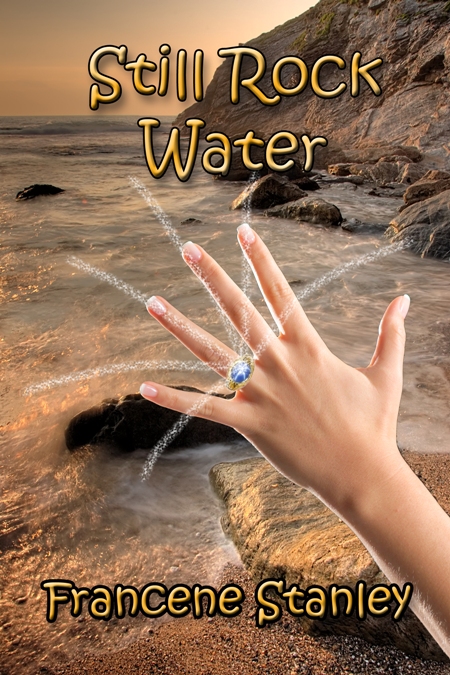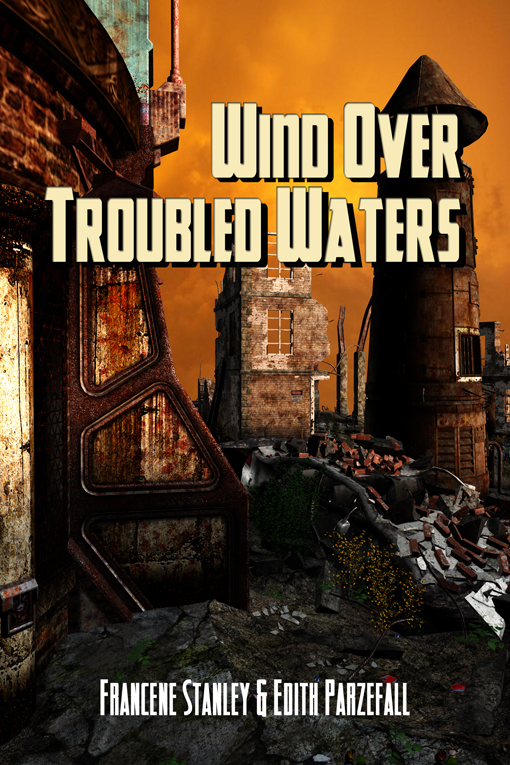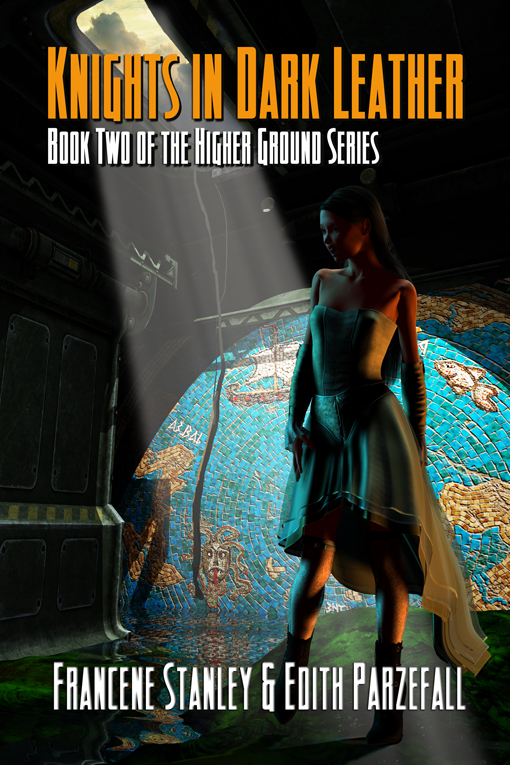Archaeologists are calling the two 6,000-year-old halls of the dead the discovery of a lifetime.
Teams from the University of Manchester and Herefordshire Council made the find on Dorstone Hill, near Peterchurch, close to the border of Wales.
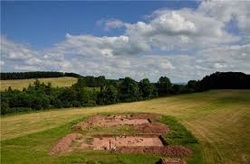 natureworldnews.com
natureworldnews.com The remains of the halls are thought to have been built between 4000 and 3600 BC. Bodies may have been placed in the halls before being moved to nearby chambered tombs.
Early Neolithic halls are already extremely rare, but to find them placed within a long barrow makes the discovery unique.
Some of the burnt wood unearthed at the site shows the character of the building structure above ground level and experts believe the buildings were probably used by entire communities. Although their size cannot be determined, they may have been of similar length to the Neolithic long barrows, or burial mounds.
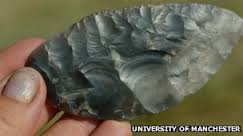 www.bbd.co.uk
www.bbd.co.uk The subsequent finds show that 1,000 years after the hall burial mounds were made, the site is still important to later generations living 200 miles away—a vast distance in Neolithic terms.
Archaeologists have long speculated that a close relationship existed between houses and tombs in Neolithic Europe, and that houses of the dead amounted to representations of the houses of the living.
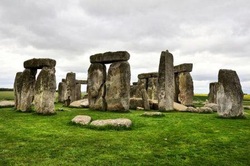
This latest dig has cast light on one more piece in the puzzle of mankind's early civilization.

 RSS Feed
RSS Feed
